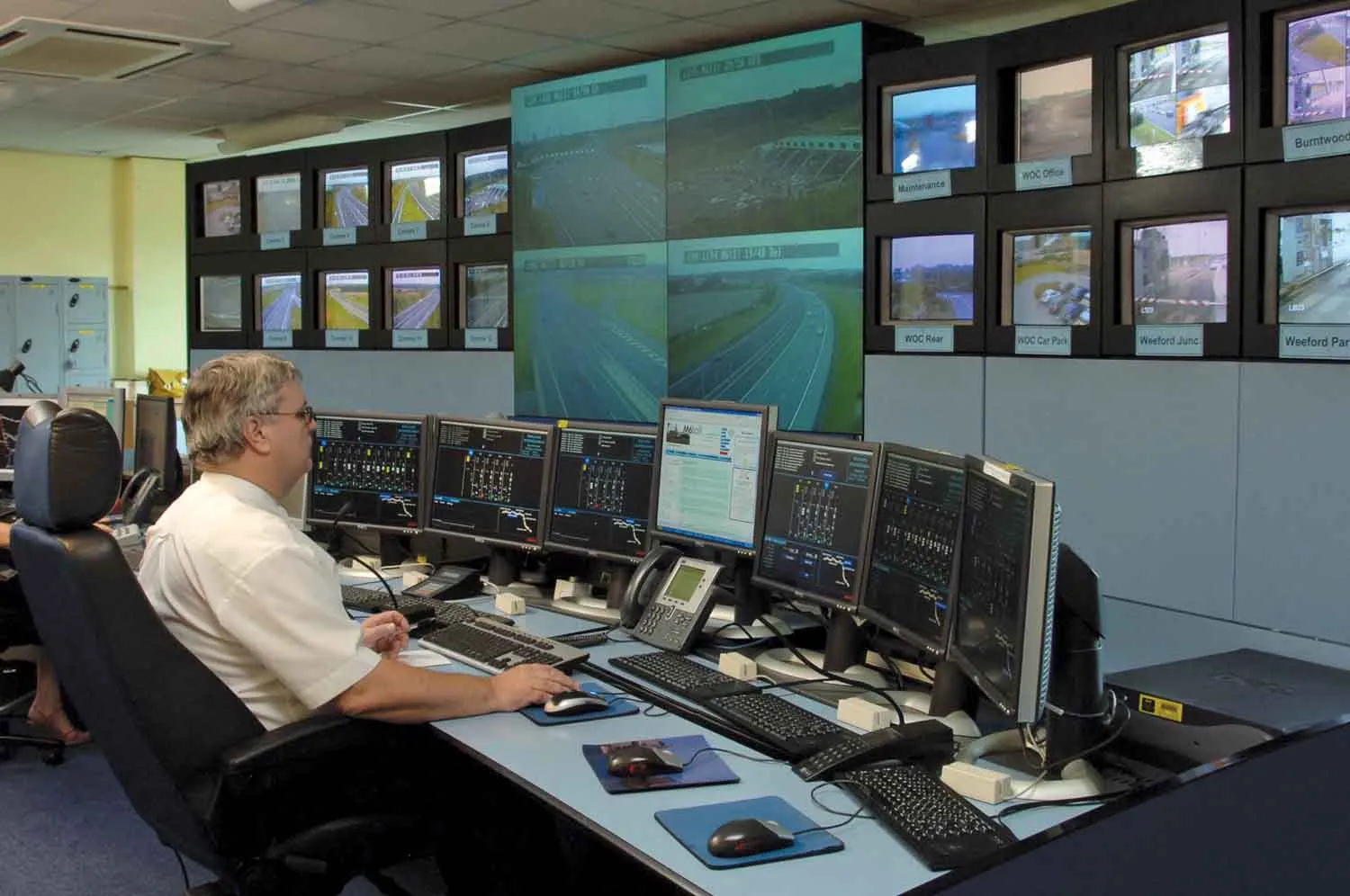Unnecessary government bureaucracy will be tackled and costs for local councils reduced following the biggest review into Britain's traffic signing system for 40 years, which was announced by transport minister Norman Baker. The government hopes that the review will dramatically reduce the number of signs councils need to use by relaxing rules, such as by removing the requirement for some signs, including those to indicate the start of a pedestrian zone, to be placed on both sides of the road. The new measu
April 26, 2012
Read time: 2 mins
Unnecessary government bureaucracy will be tackled and costs for local councils reduced following the biggest review into Britain's traffic signing system for 40 years, which was announced by transport minister Norman Baker. The government hopes that the review will dramatically reduce the number of signs councils need to use by relaxing rules, such as by removing the requirement for some signs, including those to indicate the start of a pedestrian zone, to be placed on both sides of the road.
The new measures will significantly cut red tape by allowing councils to put in place frequently used signs without needing to get government permission every time. There are also proposals to save councils money by allowing them to publicise their Traffic Regulation Orders in a manner that is appropriate for the target audience, rather than forcing them to pay for newspaper advertising as is currently the case.
"Sometimes the jungles of signs and tangles of white, red and yellow lines can leave people more confused than informed,” Baker said. “This expensive clutter can also leave our roadsides looking unsightly and unwelcoming, so the changes I am announcing today will help councils cut the number of signs they need to use."
"We will also be allowing councils to use different ways to get information to drivers, encouraging them to question whether some signs are needed at all and publishing new advice for councils to help them reduce clutter on their roads," said Baker. "We want to make sure that there is consistency across the country while allowing local authorities greater discretion in how they use signs on their roads rather than demanding they get approval from Whitehall for signs they need to use regularly."
The Traffic Signs Policy Review started in September 2008. The full review document, 'Signing the Way', can be found here: www.dft.gov.uk/publications/signing-the-way.
The new measures will significantly cut red tape by allowing councils to put in place frequently used signs without needing to get government permission every time. There are also proposals to save councils money by allowing them to publicise their Traffic Regulation Orders in a manner that is appropriate for the target audience, rather than forcing them to pay for newspaper advertising as is currently the case.
"Sometimes the jungles of signs and tangles of white, red and yellow lines can leave people more confused than informed,” Baker said. “This expensive clutter can also leave our roadsides looking unsightly and unwelcoming, so the changes I am announcing today will help councils cut the number of signs they need to use."
"We will also be allowing councils to use different ways to get information to drivers, encouraging them to question whether some signs are needed at all and publishing new advice for councils to help them reduce clutter on their roads," said Baker. "We want to make sure that there is consistency across the country while allowing local authorities greater discretion in how they use signs on their roads rather than demanding they get approval from Whitehall for signs they need to use regularly."
The Traffic Signs Policy Review started in September 2008. The full review document, 'Signing the Way', can be found here: www.dft.gov.uk/publications/signing-the-way.







